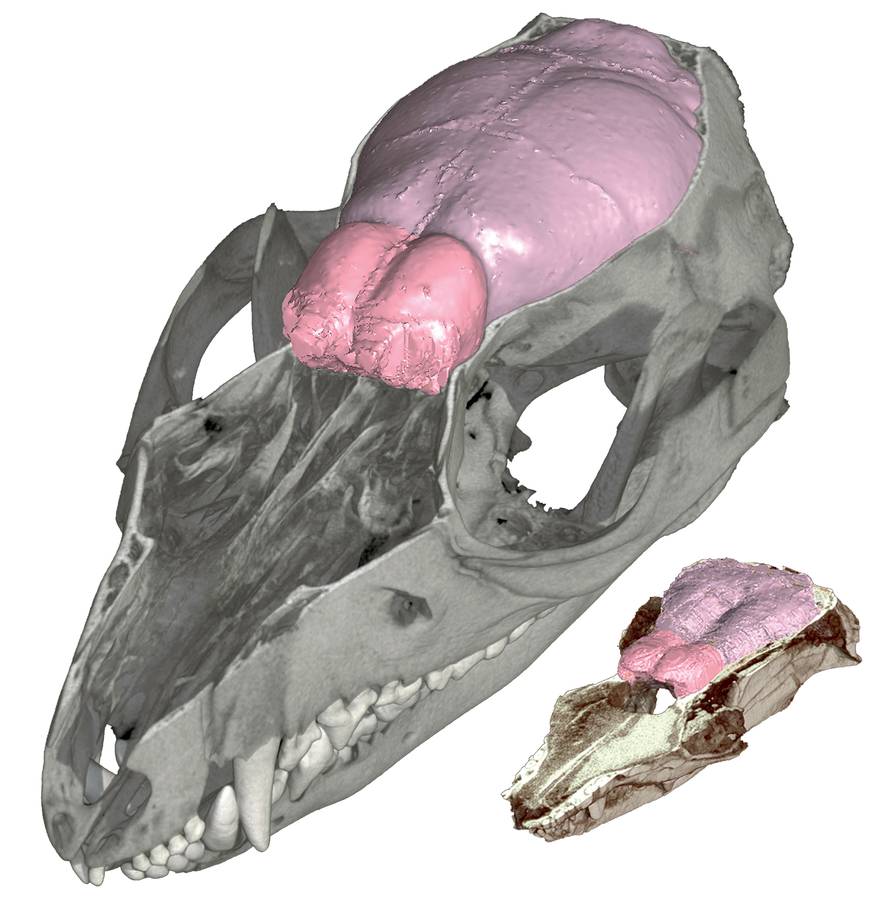The olfactory part increased the brain to the first mammals

According to a study published in the journal Science, ancient mammals began to increase the brain as the part of the brain that processes smell increased. A team of researchers from the Natural History Museum Carnegie has reached this conclusion, analyzing the skulls of the two oldest known protomammal. In fact, through the scanning of skulls by computed tomography, three-dimensional virtual images of the structure of the brains have been obtained from the traces of the brain and the gaps that have been left inside the skull.
The animals analyzed were two fossils of the genus Morganucodon and Hadrocodium, discovered in China in 1986. The images of these two animals were subsequently contrasted with fossils of seven cynodoners (reptiles closely related to ancient mammals), with the brains of 27 mammals from 190 to 65 million years ago and with the current 270 mammals.
The conclusion of the study is that the mammal brain evolved in three stages. About 190 million years ago, Morganucodon's brain was 50% higher than cinodonts, and the areas that process smell, like the olfactory bulb, were expanded. Shortly afterwards, Hadrocodium, the closest relative of contemporary mammals, also had a brain 50% higher than that of Morganucodon, and it was also increased more in areas linked to smell. Finally, 65 million years ago, with the appearance of modern mammals, the parts of the brain that encompass all the senses increased.





